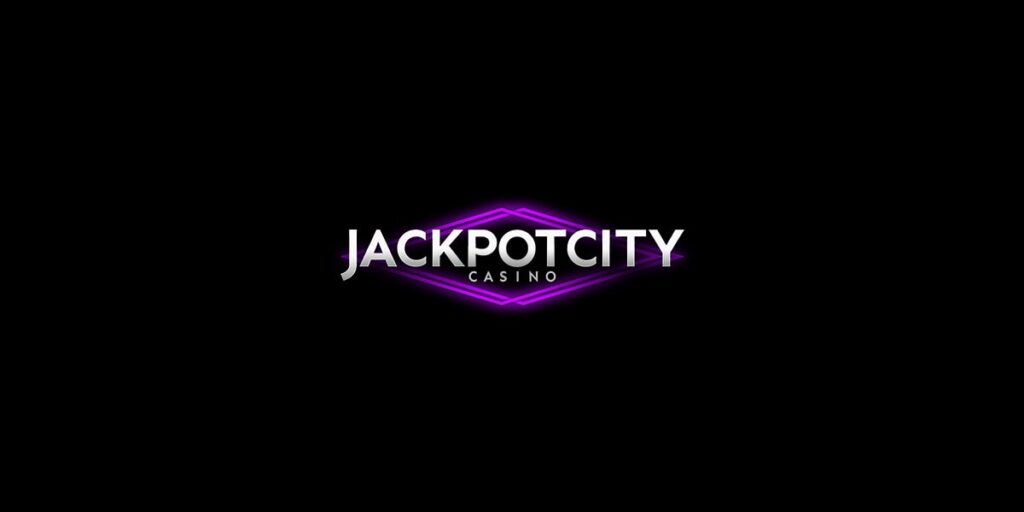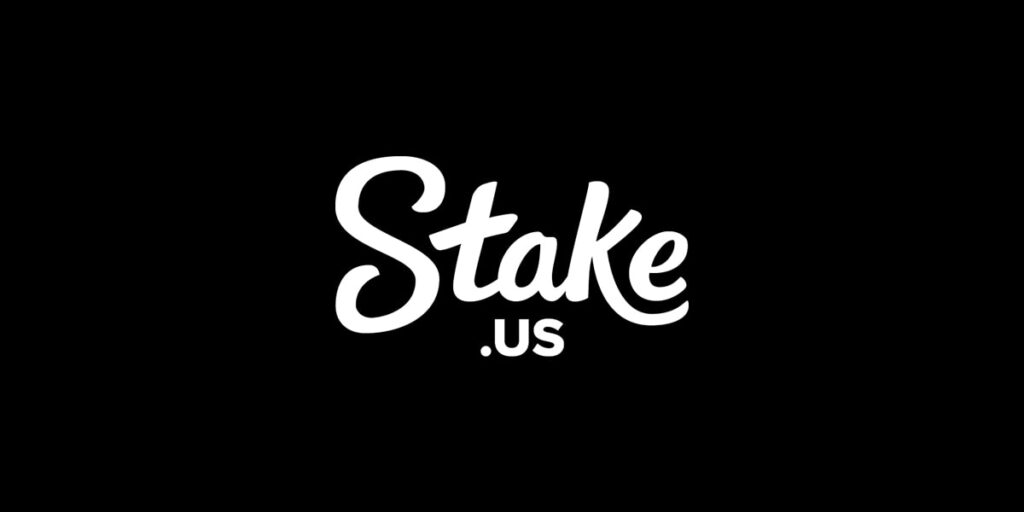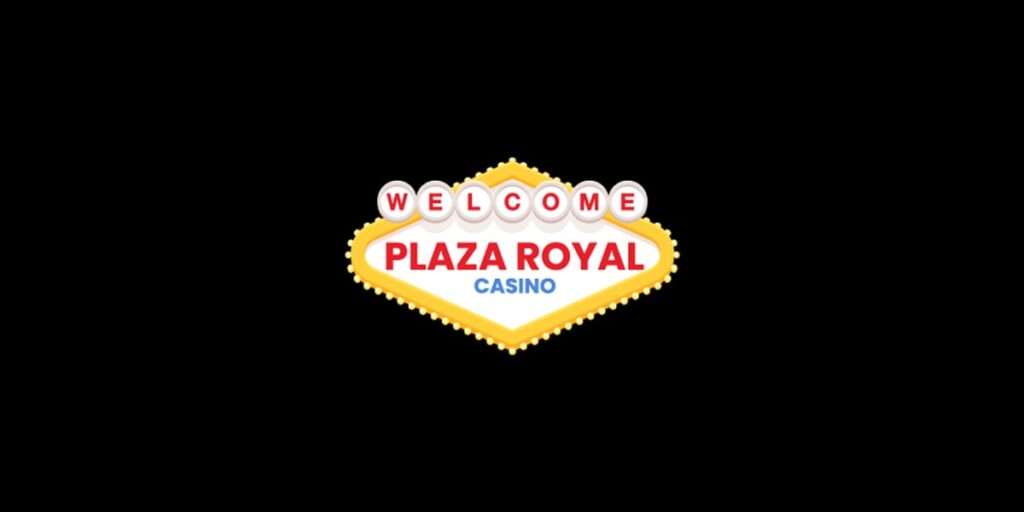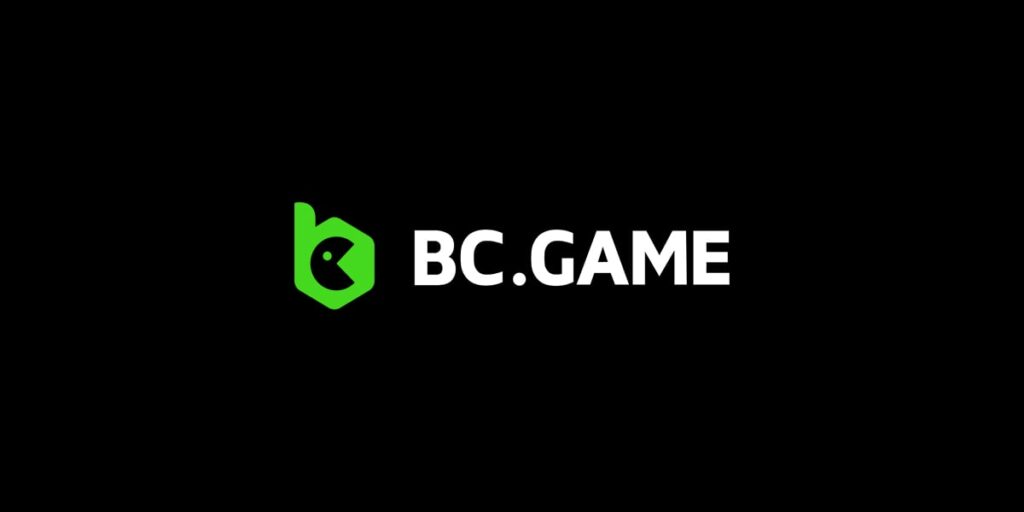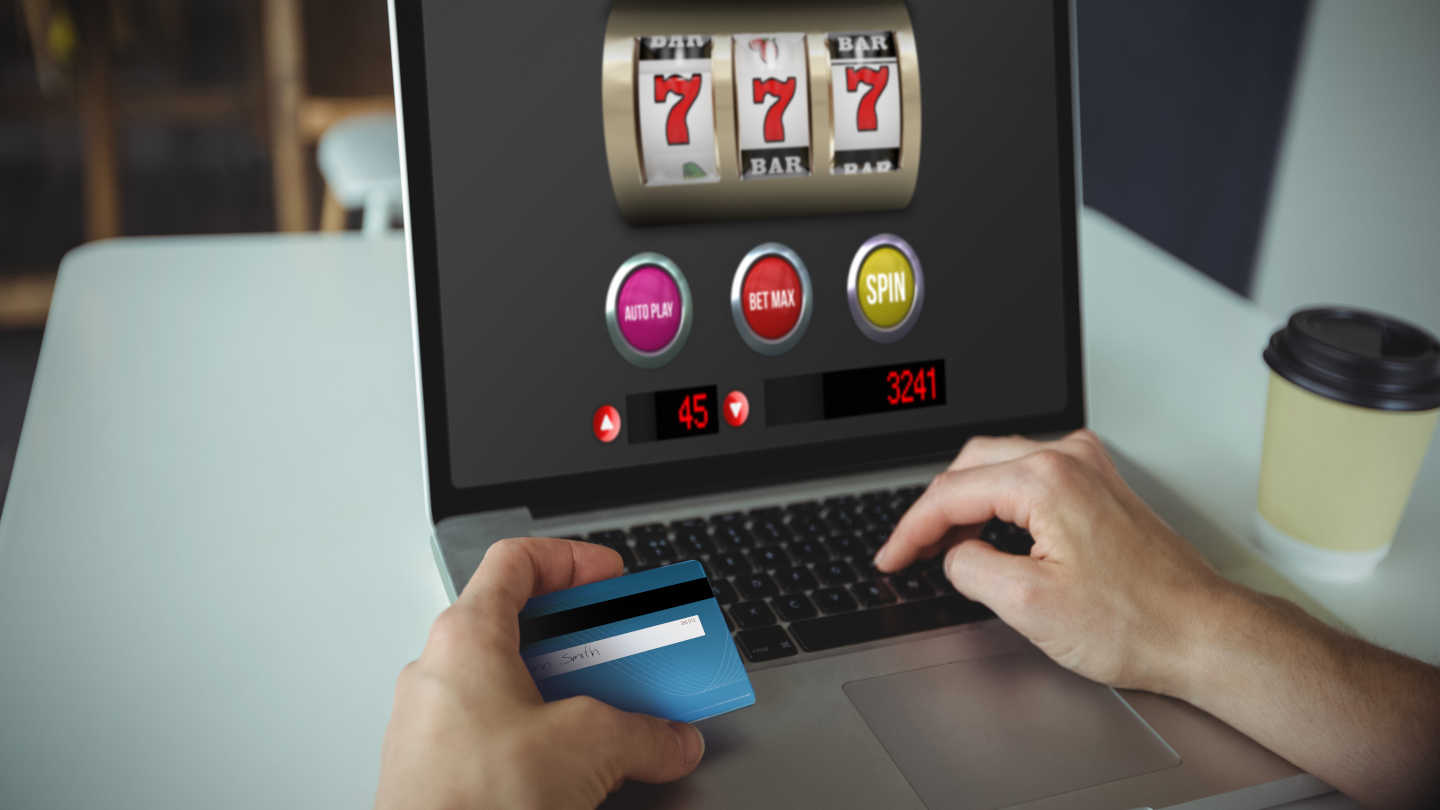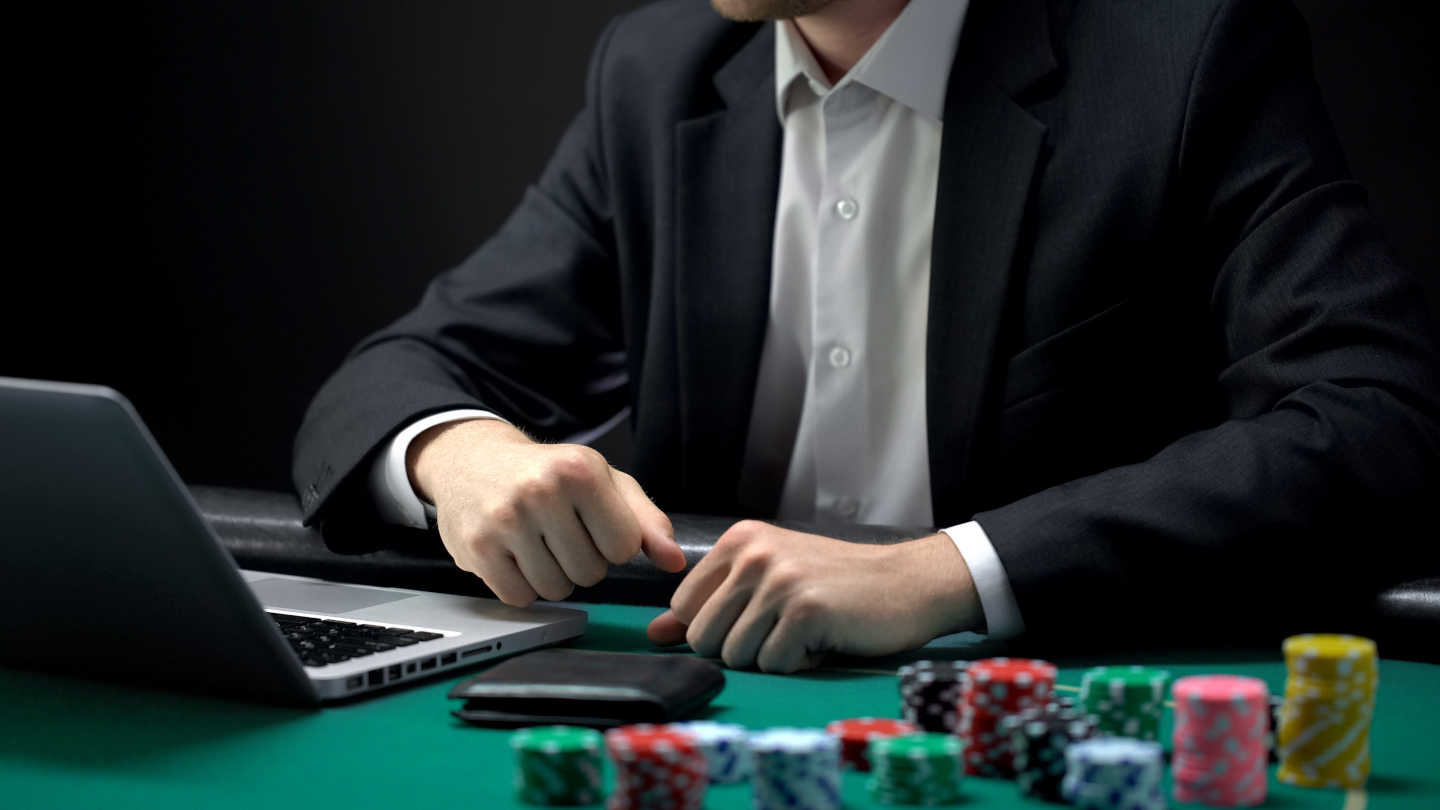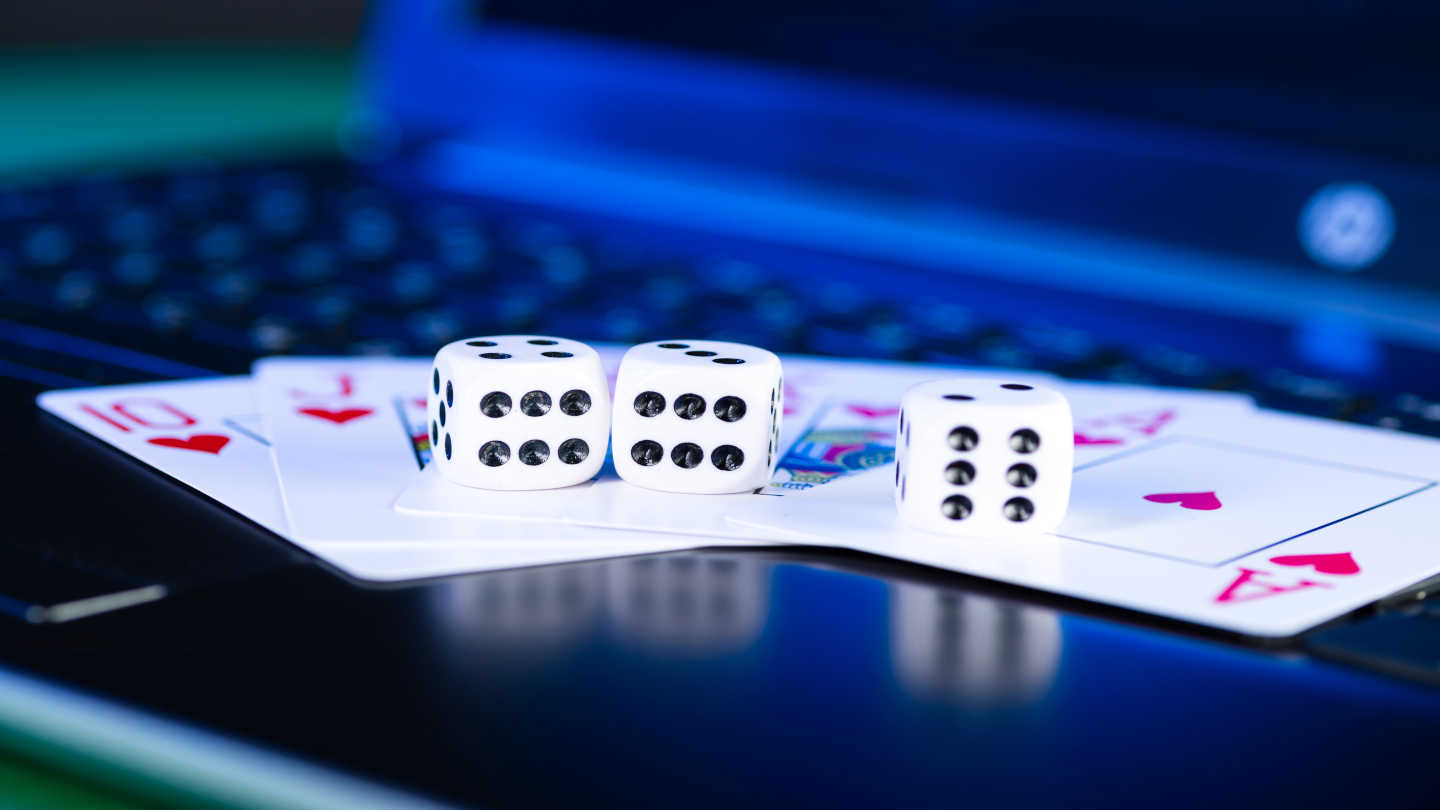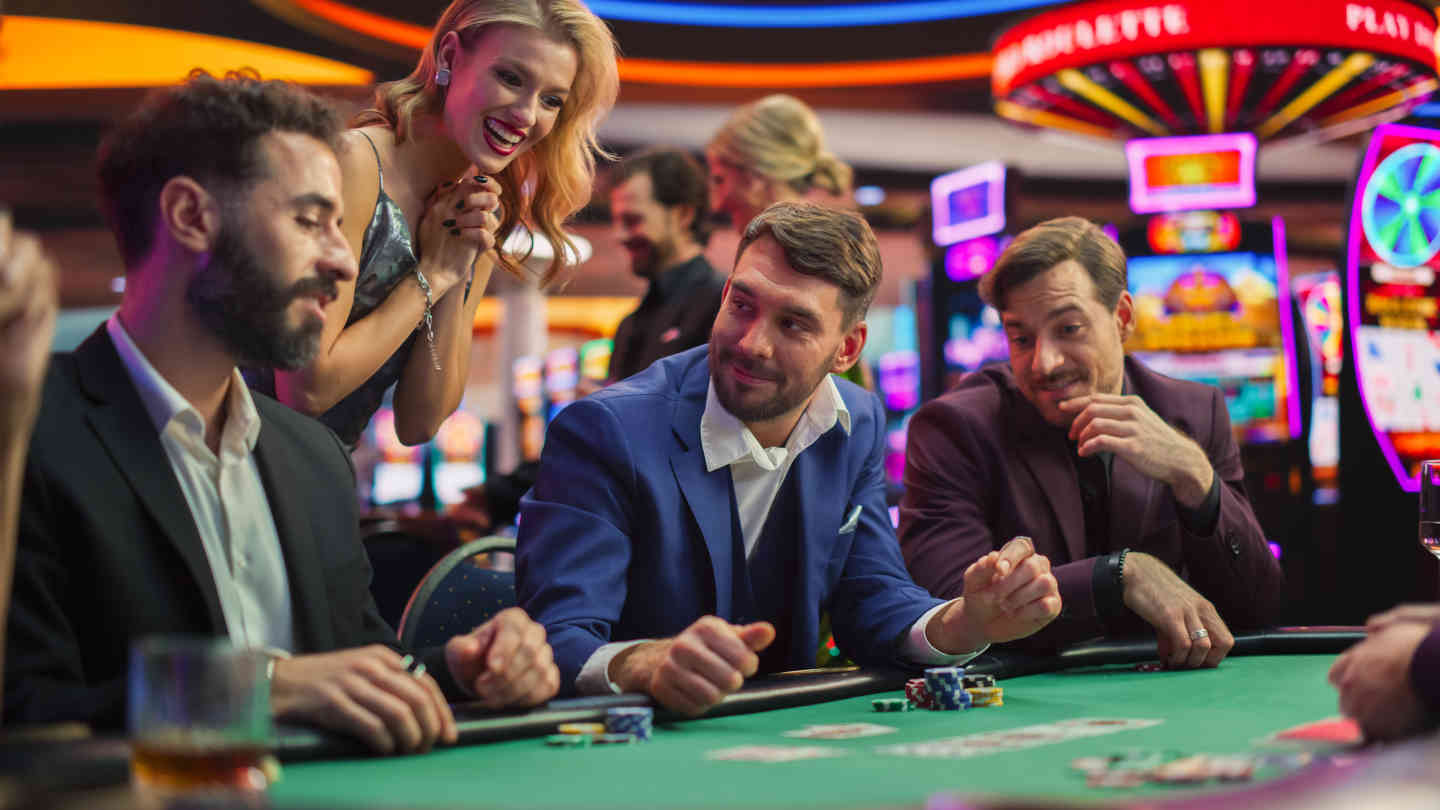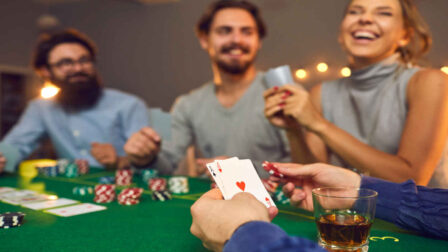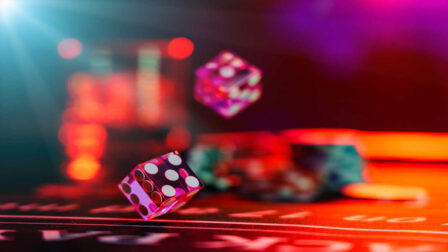Single Deck Blackjack Strategy to Beat the House
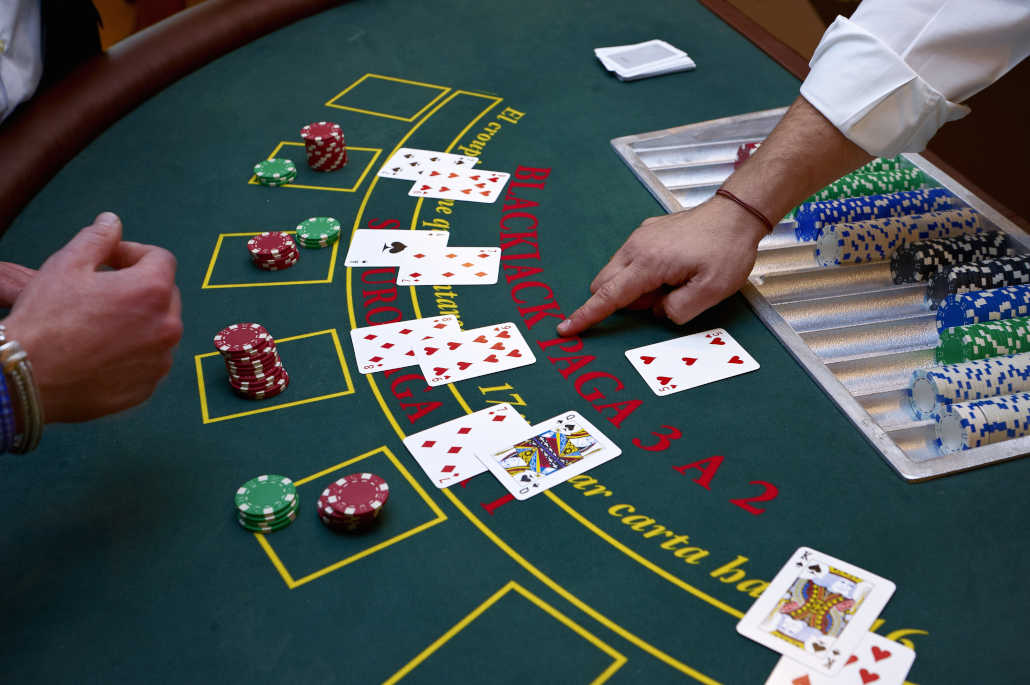
12 minutes
Last Updated: March 18, 2024
Blackjack is known worldwide as one of the most popular card games. It is available in most casinos that have live table games, and it's the one game you can expect to find on the floor, even in smaller casinos.
The thing with blackjack, like many other gambling games, is that it comes in many variations. Every casino has its own rules on how it spreads blackjack. While these rules often overlap, you will need to make sure you know what version you are playing before you start making bets.
Today, I will talk about a game that is not available in too many casinos anymore, and that's single deck blackjack.
As the name suggests, this game is played with just a single deck of cards. It used to be the golden standard for blackjack until card counters made casinos add more decks to make the strategy less effective.
That said, there are still casinos that spread single deck blackjack, which means you may be able to take advantage of it depending on where you live.
If you can find a place to play one deck blackjack, I will teach you the rules and strategies which you can implement to give yourself the best chance at winning and reduce the house edge to as low as 0.15%.
Single Deck Blackjack Rules
Before I can talk about strategy, you need to make sure you got the single deck blackjack rules down in full. Since players of varying skill levels may read this, I will go over the rules as if you’ve never played a hand of blackjack in your life.
Rules of blackjack are quite straightforward and simpler than those of games like craps, for example, so learning them shouldn’t be a challenge.
The game of one deck blackjack starts with the dealer shuffling the deck and then dealing two cards to each player, face-up. The dealer also deals two cards to themselves, with one facing down and the other facing up.
Once the cards are dealt out, each player gets to hit (take another card) or stand. Players can keep hitting until their total reaches 21 or exceeds that number.
At 21, you must stand as you can no longer lose. If you go over 21, you bust and lose your bet.
Apart from hitting or standing, you can also double, which means doubling the bet and taking just one more card.
A split option is allowed if you are dealt a pair of the same cards, in which case you get to split your hand into two separate hands.
A surrender option is available in some formats of the game as well.
Once all the players have taken their options, the dealer will also draw cards. The dealer has to draw cards based on a premade chart of actions and cannot deviate from it.
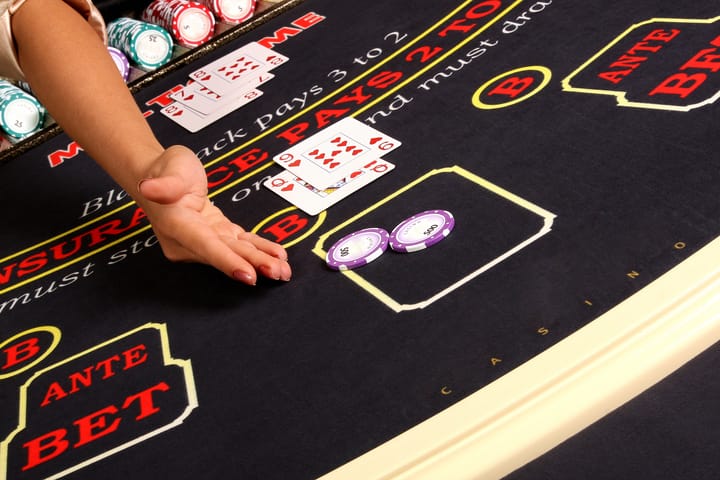
When all the cards are dealt, the dealer will either have a hand or bust. If the dealer busts, all players who didn’t bust are paid out. If the dealer stands at 17 or higher (which they must), the players with a higher total are paid.
Note that you will also tie with the dealer if you have the same total at the end of a single deck blackjack hand.
If you are dealt an ace and a picture card or a ten as your first two cards, you will have a blackjack and will be paid out at 3:2.
Now that we have covered these basic rules of one deck blackjack let's move on to some blackjack strategy single deck tips and tricks that can help significantly improve the best winning chance.
Blackjack Strategy for Single Deck Games: Hit and Stand Tips
To win at one deck blackjack, first of all, you will need to find a place that offers the game. There aren’t many live venues still spreading one deck blackjack, but, luckily, there are still quite a few Canadian online casinos offering this game.
The next fundamental thing you’ll need to learn is when to hit and when to stand.
The hit/stand rules are pretty simple, but they depend on the actions dealer must take. For the purpose of this strategy, we will assume that the dealer stands on soft 17 (which is usually the case).
Blackjack Strategy for Single Deck: Hit or Stand for Hard Hands
I will now go over all the hands you can get dealt, and how to respond depending on the dealer's card you can see. I will start out with hard hands (those that don’t contain an ace).
| Player’s Total | Action to take based on the dealer’s total |
| 5, 6, or 7 | Hit regardless of the dealer's card. |
| 8 | Always hit and double against dealer’s 5 or 6 |
| 9 | Always hit and double against 2 – 6 |
| 10 | Always hit. Double against everything but 10 or A. |
| 11 | Always double |
| 12 | Stand against 4, 5, or 6. Hit otherwise. |
| 13 | Stand against 2, 3, 4, 5, and 6. Hit in all other scenarios |
| 14 | If the dealer’s total is 2 – 6, hit. Otherwise stand. |
| 15 | Same as above. |
| 16 | Stand against 2, 3, 4, 5, and 6. Hit against all other totals. If possible, surrender against an Ace or 10. |
| 17 or better | Always stand |
Blackjack Strategy for Single Deck: Hit or Stand for Soft Hands
Now that I have covered what to do when you are dealt a hard hand, let’s move to soft hands, which do contain an ace:
| Player’s Total | Action to take based on the dealer’s total |
| 13, 14, 15, 16 | Always hit and double against 4, 5, and 6 |
| 17 | Hit against 7 or better and double against all lower totals |
| 18 | Stand against 2, 7, 8, or A. Hit vs. 9 and 10, and double against 3, 4, 5, and 6. |
| 19 | Double against 6 and stand in all other scenarios. |
| 20 | Always stand |
This covers all the possible scenarios of cards you can get dealt, apart from paired hands. I am going to discuss paired hands in the split single deck blackjack strategy part below.
If you stick to these one deck blackjack strategy charts to the letter, you will minimize the dealer's edge all the way down to almost zero. Add a little luck to that, and you will walk away with mounds of chips.
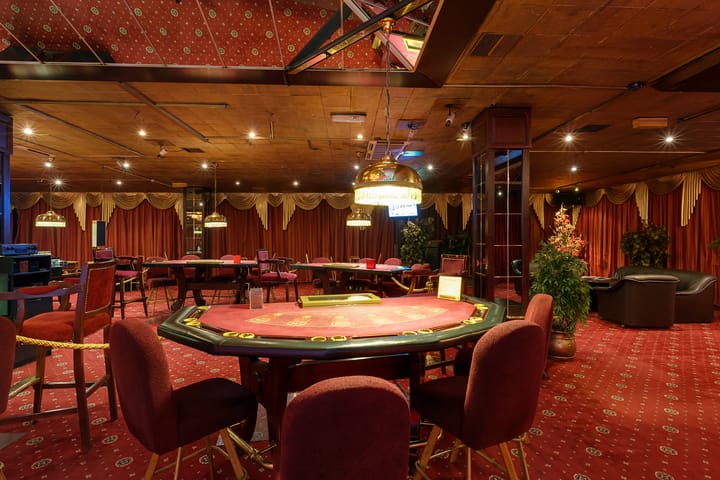
Of course, if you can also count cards, which I will discuss below, you may actually give yourself a significant edge over the house.
Single Deck Blackjack Surrender Strategy
Surrendering is not always allowed in blackjack. When the option is available, it means you can forfeit your hand and get one-half of your bet back without having to compare hands with the dealer.
Surrendering in one deck blackjack is generally not a great idea as it reduces your winning odds. However, there are a few select scenarios where this can be the right move.
Assuming the dealer stands on soft 17, you should only surrender if you are dealt a hard 16 that is not a pair, depending on the dealer’s up cards.
As I’ve already mentioned, you will be mixing some hits and stands with your hard 16. However, if the dealer is showing a T or A, you should surrender the hand if possible.
If you think about it, the reason is quite simple. The dealer is going to make a lot of hands better than 16 if you decide to stand. If you decide to hit, you will bust your hand often.
Even if you get up to 19 or 20 on the next card, the dealer might still outdraw you.
If the game is played with rules that allow the dealer to hit on soft 17, you should also be surrendering your hard 15 and 17 when the dealer is showing an ace.
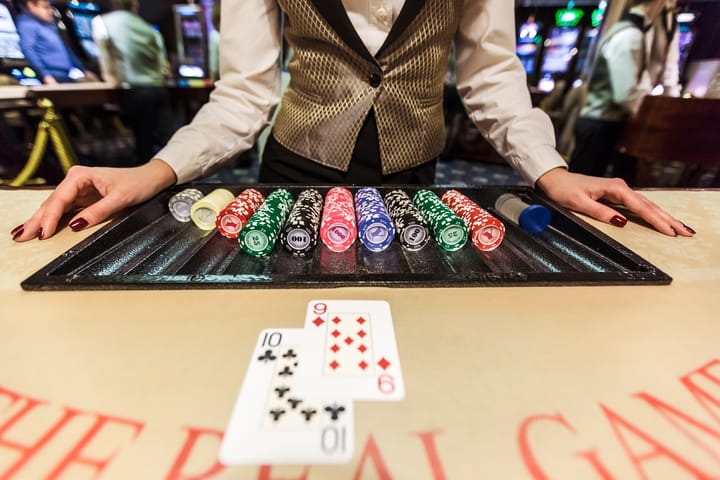
Split Blackjack Strategy for Single Deck
A big part of your single deck blackjack strategy will be the way you play your paired hands. What I mean by this is the way you play when your hand contains two identical cards, such as two tens or two threes.
In these cases, you will be offered the split option.
Splitting cards means you have to post another bet, identical to your initial bet. Your hand is then split into two hands, both containing one of the two cards.
You can then proceed to draw or stand as usual with both of the hands. In addition, you may be allowed to double or surrender these hands, depending on house rules.
I am now going to go over all the possible pairs you can be dealt and teach you what to do depending on the card the dealer is showing:
| Pair | Action to take |
| 22 | Split if the dealer is showing 3-7. Hit if the dealer is showing 8-A. Split if the dealer is showing a two if double after split is allowed, otherwise hit. |
| 33 | Split if the dealer is showing 4-7. Hit if the dealer is showing 9-A. Split if the dealer is showing a 2, 3, or 8 if double after split is allowed, otherwise hit. |
| 44 | Hit if the dealer is shwing 2, 3, or 7-A. Double if the dealer is showing a 4-6 if double after split is allowed, otherwise hit. |
| 66 | Split if the dealer is showing 2-6. Hit if the dealer is showing 8-A. Split if the dealer is showing a seven if double after split is allowed, otherwise hit. |
| 77 | Split if the dealer is showing 2-7. Hit if the dealer is showing a 9. Split if the dealer is showing 2-8 if double after split is allowed, otherwise hit. Surrender if allowed when the dealer is showing T or A. |
| 88 | Always split a pair of 8s. |
| 99 | Stand if the dealer is showing a seven or a 10. Split if the dealer is showing an A if double after split is allowed, otherwise stand. Split in all other scenarios. |
| AA | Always split a pair of aces |
In all other scenarios, act according to the single deck blackjack chart I gave for soft and hard hands. If splitting is not allowed, treat these hands as hard hands except for a pair of aces, which would be a soft hand.
Card Counting in Single Deck Blackjack
Now that you know all the single deck blackjack rules and the basic strategy let's talk about how you can actually beat this game.
I’ve already said that playing optimally will reduce the house edge to just 0.17%. These are much better odds than you’re getting with a game like roulette, for example, but that still doesn’t mean you are winning.
In order to give yourself an edge, you would have to start counting cards, which is thankfully very easy in a game of one deck blackjack.
Since only 52 cards are in play, you can easily count out the entire deck and give yourself an edge of up to 3%, which is massive.
The good news is that card counting is easier than it seems. All you need to do is pay attention to every card dealt out to you, the dealer, and other players.
- When a 2-6 is dealt out, add +1 to your running count
- When a 7-9 is dealt out, keep your running count steady
- When a 10-A is dealt out, subtract -1 from your running count
Anytime the running count goes up to +1 or higher, you can start increasing your bets. The higher the running count, the more you can bet profitably.
Assuming you still play the optimal strategy, you will end up beating the house in the long run.
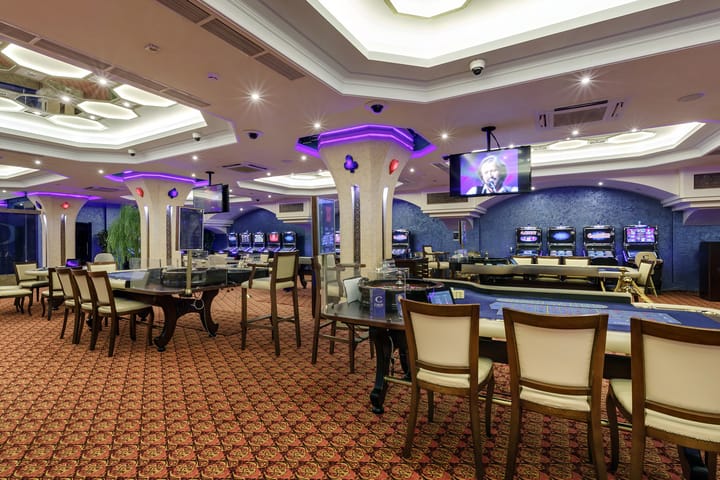
Since only one deck is in play, your running count will equal your true count (needed for multi-deck games), and you can use this count to determine how much to bet.
One Deck Blackjack Strategy Summary
The blackjack strategy single deck charts which I showed you here are the best way to play the game in casinos where it is available. Keep in mind that most casinos use shoes with multiple decks, which makes the rules slightly different.
If you find the single deck game in your casino, I highly recommend you learn how to count cards as well, as this is extremely beneficial. If you don’t make any wild bets, you should be winning substantially very fast.
Even if you don’t count cards, using this simple strategy will get you the best results and will put you almost on par with the house.
With just a little luck, you can come out way ahead when playing, but remember that the game is still not rigged in your favor. And, if you ever get tired of blackjack and want a change of pace playing a game that still requires some strategy, you might want to check out Ultimate Texas Hold’em.
If you want to learn more about specific games in the US, make sure to check a dedicated site for US online casinos and read in-depth guides for blackjack rules and blackjack strategy.
Single Deck Blackjack FAQ
To wrap this one deck blackjack guide up, here are some quick questions and answers, summing up everything contained in this article.
What is the house edge in single deck blackjack?
If you learn and apply the optimal single deck blackjack strategy, the house edge will go down to as low as 0.17%. Remember that any mistake you make in your strategy will increase that edge, and there is no strategic way (apart from card counting) to make the edge any lower.
Where can I play one deck blackjack?
Single deck blackjack is a rare game in this day and age since casinos understand how easy it is for card counters to beat it. The game can be found in some smaller casinos as well as online. However, the deck is shuffled often in the online variant, making card counting impossible.
When should I double in single deck blackjack?
I have described when to use the double option in more detail in this guide. You should always double if you are dealt 11. You should double when you have ten, and the dealer is showing a card lower than a ten. You should also double in other scenarios described in the single deck blackjack strategy guide.
Should I ever surrender in blackjack?
There are a few rare scenarios in which surrendering (taking back half of your bet) is beneficial. You should surrender when you are dealt a hard 16, and the dealer is showing a ten or an ace. You should also surrender a pair of sevens if the dealer is showing a ten if it is allowed.
Is insurance worth taking in one deck blackjack?
The insurance option is never worth taking as it dramatically increases the house edge to 5.9%. When you are offered insurance, always refuse it and continue playing in accordance with the chart we presented here.
Can I win in single deck blackjack?
Yes! Single deck blackjack is one of the few casino games that actually allow players to beat the house. You will need to count cards to perfection and make bets per your running count, but this will give you a significant edge over the dealer.







